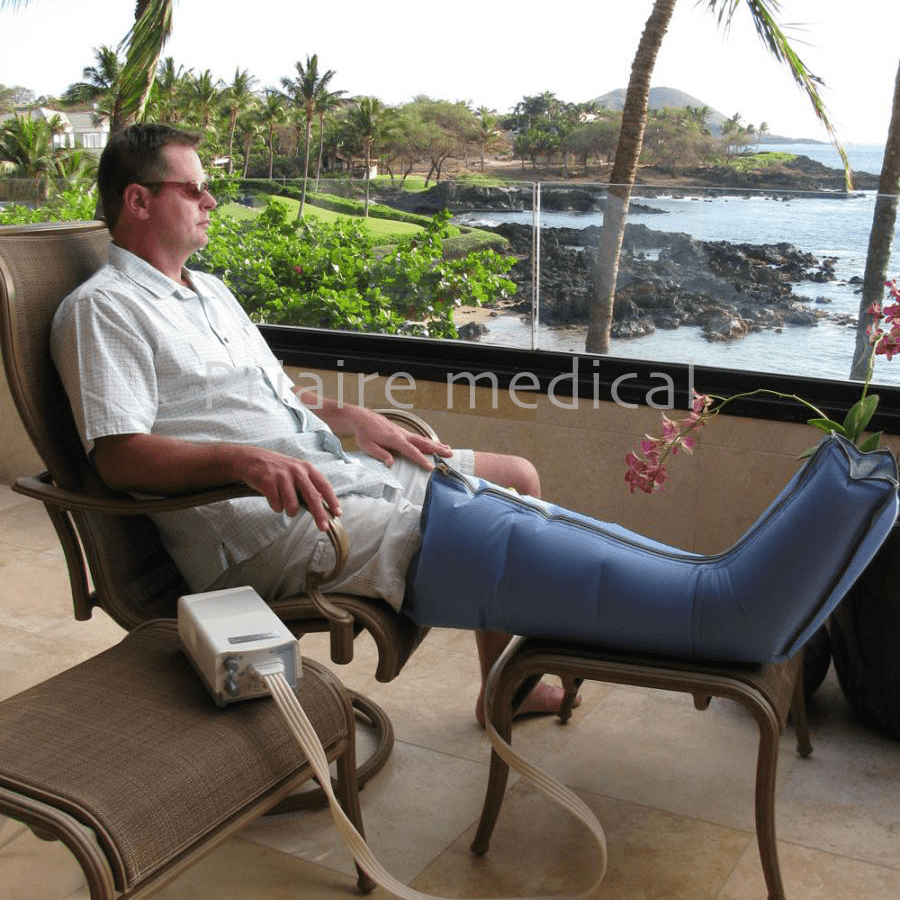
How Pneumatic Compression Works
Pneumatic compression therapy consists of a pump which supplies air to garments worn over the affected areas of the body. The pump fills air cells within the garments in a special sequence, alternating waves of compression with brief periods of pause and refill. This action massages the affected area with a "milking" motion that stimulates lymphatic uptake and venous return, reducing edema and swelling.
Rapid treatment cycles mimic the body's own lymphatic and venous return, for the most effective treatment, and provide more units of therapy in less time. This also makes treatment more comfortable.
Calibrated gradient systems, which enable setting the pressure in up to 12 individual zones, to effectively address localized discomfort and individual patient needs. Our compression pumps will not permit setting a reverse gradient. This ensures safety and proper flow direction.
Find Healing
Our compression pumps can treat one or two limbs simultaneously. Treating two limbs at once allows for shorter treatment times and more efficient lymphatic drainage.
Many forms of therapy are available for the treatment of lymphedema. However, providing patients with a therapy that is easy to use, non-invasive, and comfortable is essential. Pneumatic compression therapy is fast becoming this essential component of treatment for many patients, therapist, and physicians.

What Does it Treat
Pneumatic compression therapy is being widely used to treat many conditions. It is used as a lifelong management tool for chronic swelling disorders. It aids in the treatment of the following conditions:
- Lymphedema
- Chronic Edema
- Venous Stasis Ulcers
- Venous Insufficiency
- Non-healing Leg wounds
- Post-Mastectomy
- Lymph Node Removal
The Results are Real
These are actual Prairie Medical patients who saw results using our pneumatic compression pump.
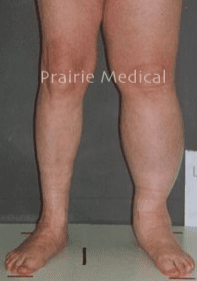
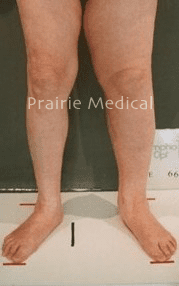
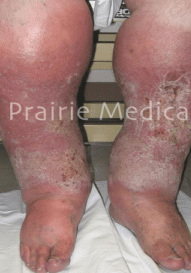
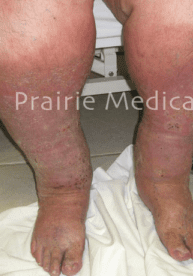
Lymphedema
Learn more about the signs, symptoms and treatment of Lymphedema.
Chronic Venous Insufficiency
Learn more about the signs, symptoms and treatment of Chronic Venous Insufficiency.
Need Compression Garments in Addition to Pump Use?
Wearing compression garments in addition to the use of the Pneumatic Compression Pump will help in the healing process. After the pump does it's job, putting on compression garments will help keep the swelling down throughout the day. Click on the button to learn more about the compression garments we carry.
Prescribing Physicians
To print an example prescription for the Pneumatic Compression Pump, follow the link.

We Can Help
To learn more about Pneumatic Compression Therapy and how it can help you or your patients, call us today.
